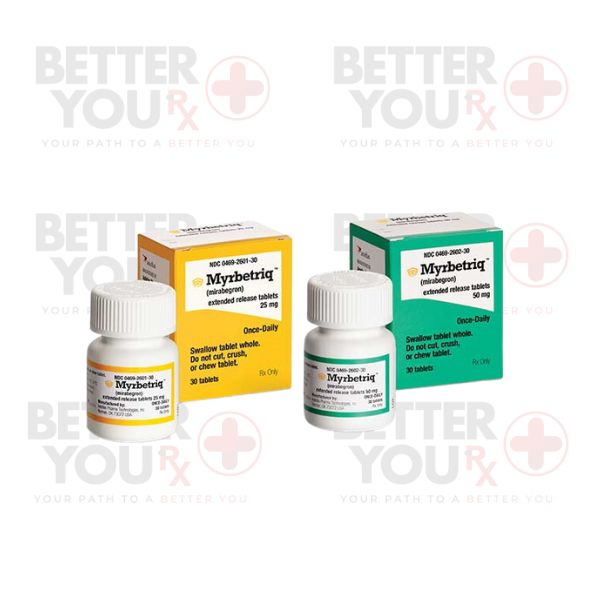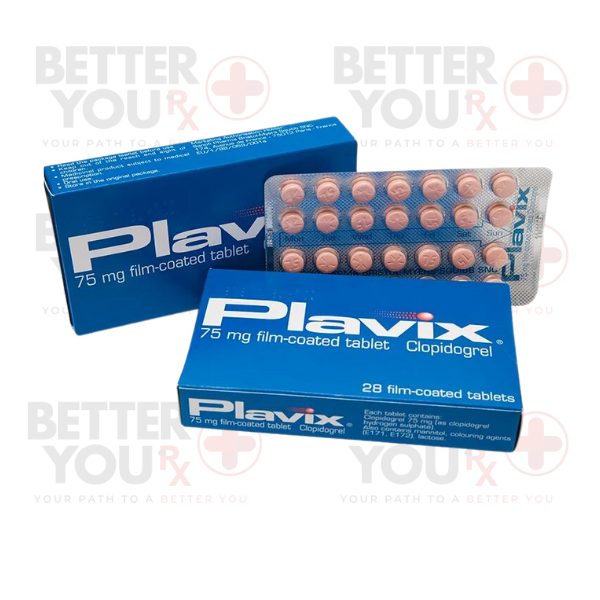| Usage |
Empagliflozin is provided in tablet form for oral consumption. Typically, it is taken once daily, usually in the morning, with or without food. To ensure optimal effectiveness, it's recommended to take empagliflozin at approximately the same time each day. It's imperative to adhere to the instructions on your prescription label diligently. If any part of these instructions is unclear, do not hesitate to seek clarification from your healthcare provider or pharmacist.
Follow your doctor's directions precisely regarding the dosage of empagliflozin. In some cases, your doctor may initiate treatment with a lower dose of empagliflozin and subsequently adjust the dose based on your individual needs. While empagliflozin is valuable for managing type 2 diabetes, it should be emphasized that it does not serve as a cure for the condition.
Even if you are feeling well and your diabetes seems to be under control, it is important to continue taking empagliflozin as prescribed by your healthcare provider. Discontinuing the medication without consulting your doctor may not be advisable. For additional information and details specific to empagliflozin, consider consulting your pharmacist or healthcare provider, who can provide you with a copy of the manufacturer's patient information.
|
| Side Effects |
This medication can affect your blood sugar levels. It is essential to be aware of the signs and symptoms associated with both low and high blood sugar and understand the appropriate actions to take if you encounter these symptoms.
Empagliflozin may also lead to side effects. It is important to promptly inform your doctor if you experience any of the following symptoms, especially if they are severe or persistent:
• Frequent urination, including nighttime urination
• Increased thirst
Certain side effects should be treated with urgency, and you should contact your doctor immediately if you encounter any of the following:
• Frequent, urgent, burning, or painful urination
• Cloudy urine
• Pelvic or back pain
• (In women) Unusual vaginal odor, white or yellowish vaginal discharge (which may have a lumpy or cottage cheese-like appearance), or vaginal itching
• (In men) Redness, itching, or swelling of the penis; rash on the penis; foul-smelling discharge from the penis; or pain in the skin around the penis
• Flu-like symptoms
• Dry mouth, nausea and vomiting, stomach pain, unusual fatigue or tiredness, difficulty breathing, breath with a fruity odor, decreased consciousness, or confusion
It is also worth noting that empagliflozin may lead to other side effects not listed here. If you encounter any unusual issues or have concerns while taking this medication, it is advisable to contact your doctor for guidance and further evaluation.
|
| Storage |
Store this medication in its original container, ensuring it is tightly closed and kept out of the reach of children. Maintain it at room temperature and store it away from excessive heat and moisture, avoiding storage in the bathroom.
When you no longer need this medication, it should be disposed of using specific methods to prevent accidental consumption by pets, children, or other individuals. It is essential not to flush this medication down the toilet. Instead, the recommended approach for medication disposal is through a medicine take-back program. You can consult your pharmacist or contact your local garbage/recycling department to inquire about available take-back programs in your area.
It is crucial to ensure that all medications are kept out of sight and beyond the reach of children. This is especially important because many medication containers, including those for weekly pill organizers, eye drops, creams, patches, and inhalers, are not child-resistant and can be easily opened by young children. To prevent accidental poisoning in young children, always secure safety caps and promptly place medications in a secure location, one that is both elevated and out of sight and reach.
|
| Special Precaution |
Before initiating empagliflozin treatment, it is important to take the following steps:
1. Allergic Reactions: Inform both your doctor and pharmacist if you have any allergies, especially to empagliflozin or any of the ingredients found in empagliflozin tablets. You can request a list of these ingredients from your pharmacist.
2. Medications and Supplements: Discuss with your doctor and pharmacist all the medications you are currently taking, whether they are prescription or over-the-counter, as well as any vitamins, nutritional supplements, or herbal products you are currently using or intend to use. Particular attention should be given to the following categories: diuretics (commonly known as 'water pills') and medications for diabetes management, including insulin or oral drugs such as chlorpropamide (Diabinese), glimepiride (Amaryl, found in Duetact), glipizide (Glucotrol), glyburide (DiaBeta, Glynase, part of Glucovance), tolazamide, and tolbutamide. Adjustments to your medication doses or careful monitoring for potential side effects may be necessary based on this information.
3. Kidney Health: If you are undergoing dialysis or have a history of kidney disease, inform your doctor as empagliflozin may not be suitable for you.
4. Urinary Tract Issues: Disclose any history of urinary tract infections, urination difficulties, low blood pressure, adherence to a low sodium diet, yeast infections in the genital area, or liver disease to your doctor.
5. Male Specifics: For male patients, communicate whether or not you have undergone circumcision.
6. Pregnancy and Breastfeeding: If you are pregnant, planning to become pregnant, or currently breastfeeding, discuss this with your doctor. Empagliflozin is not suitable for breastfeeding mothers.
7. Upcoming Surgeries: Notify your healthcare provider if you are anticipating any surgical procedures, including dental surgery, and are currently taking empagliflozin.
8. Postural Hypotension: Be aware that empagliflozin may potentially induce dizziness, lightheadedness, or fainting when transitioning from a lying position to a standing one. If you experience such symptoms, especially when initiating empagliflozin treatment, contact your doctor. To minimize this risk, it is advisable to rise from a supine position gradually, allowing your feet to rest on the floor for a few minutes before standing up.
9. Changing Health Conditions: Seek guidance from your doctor regarding what steps to take if you fall ill, contract an infection, develop a fever, experience elevated stress levels, or sustain an injury. These circumstances can influence your blood sugar levels and the appropriate dosage of empagliflozin.
By addressing these considerations and maintaining open communication with your healthcare provider, you can ensure a safe and effective course of empagliflozin treatment.
|









